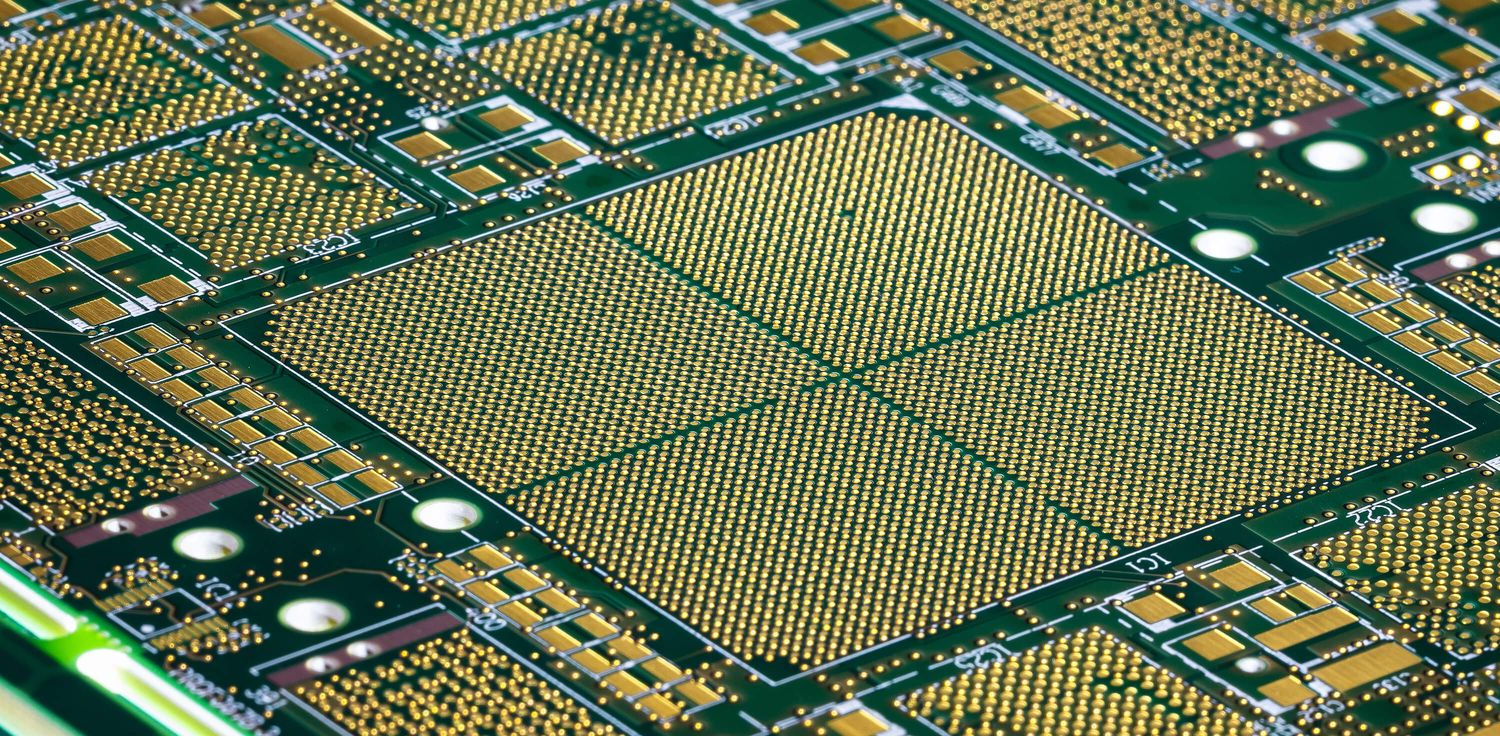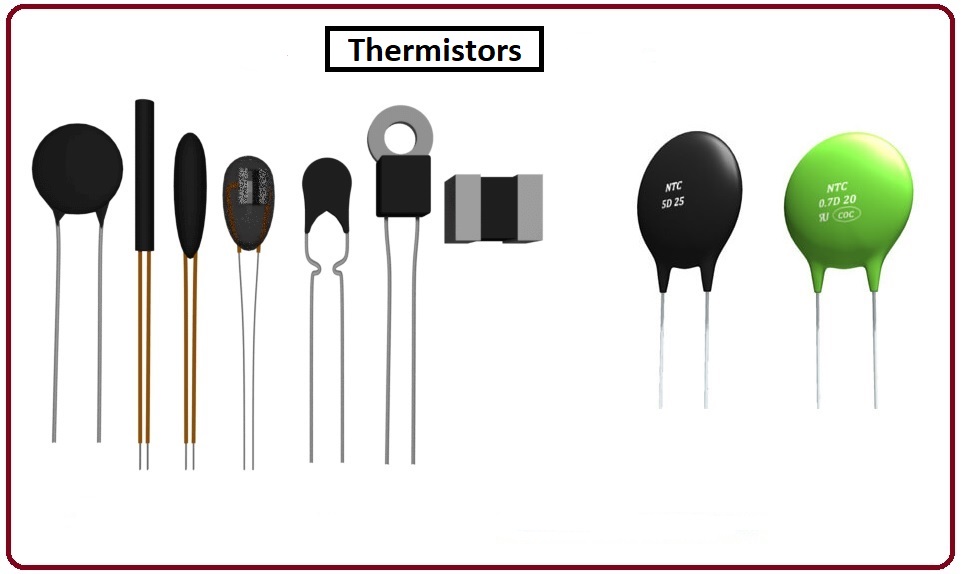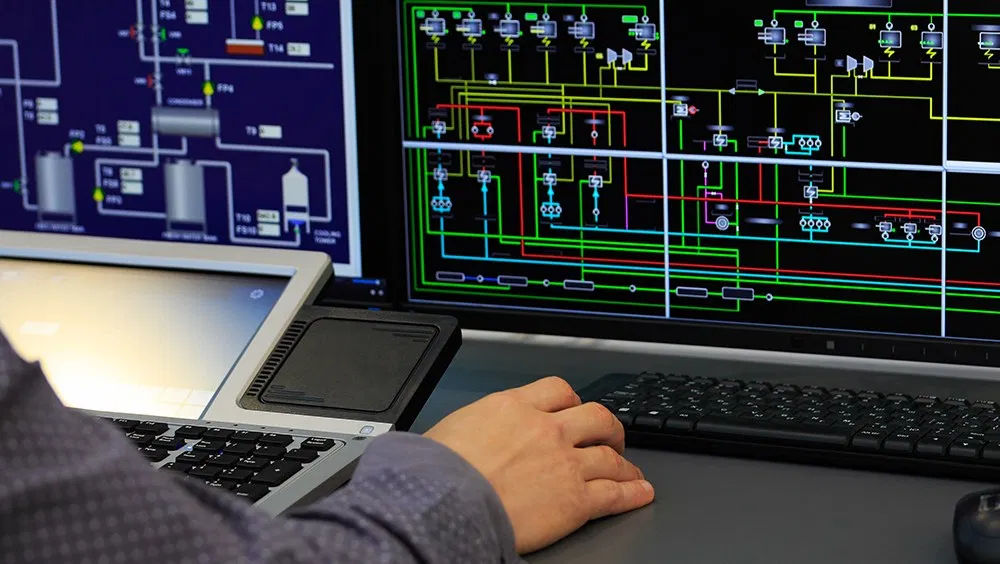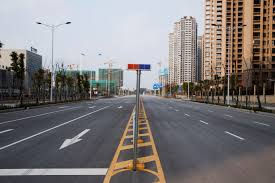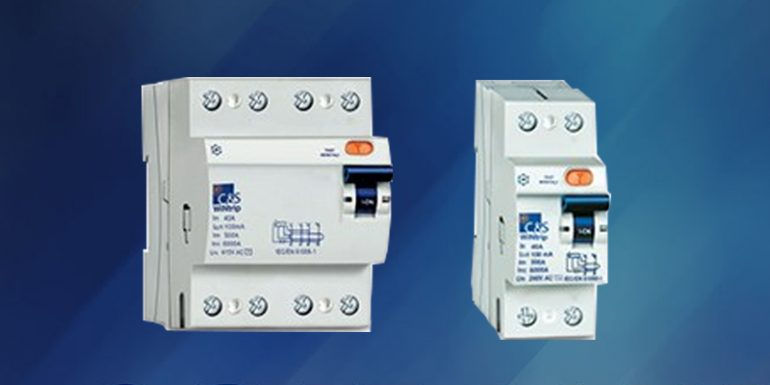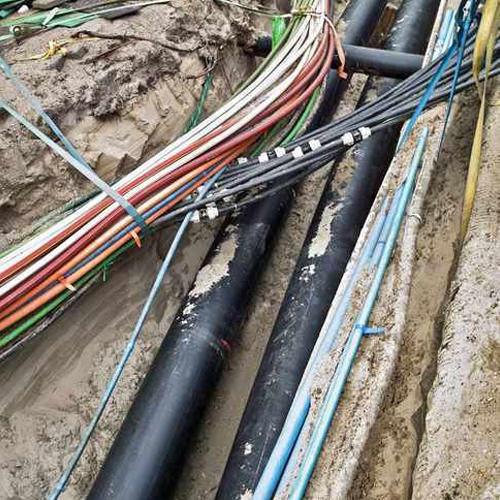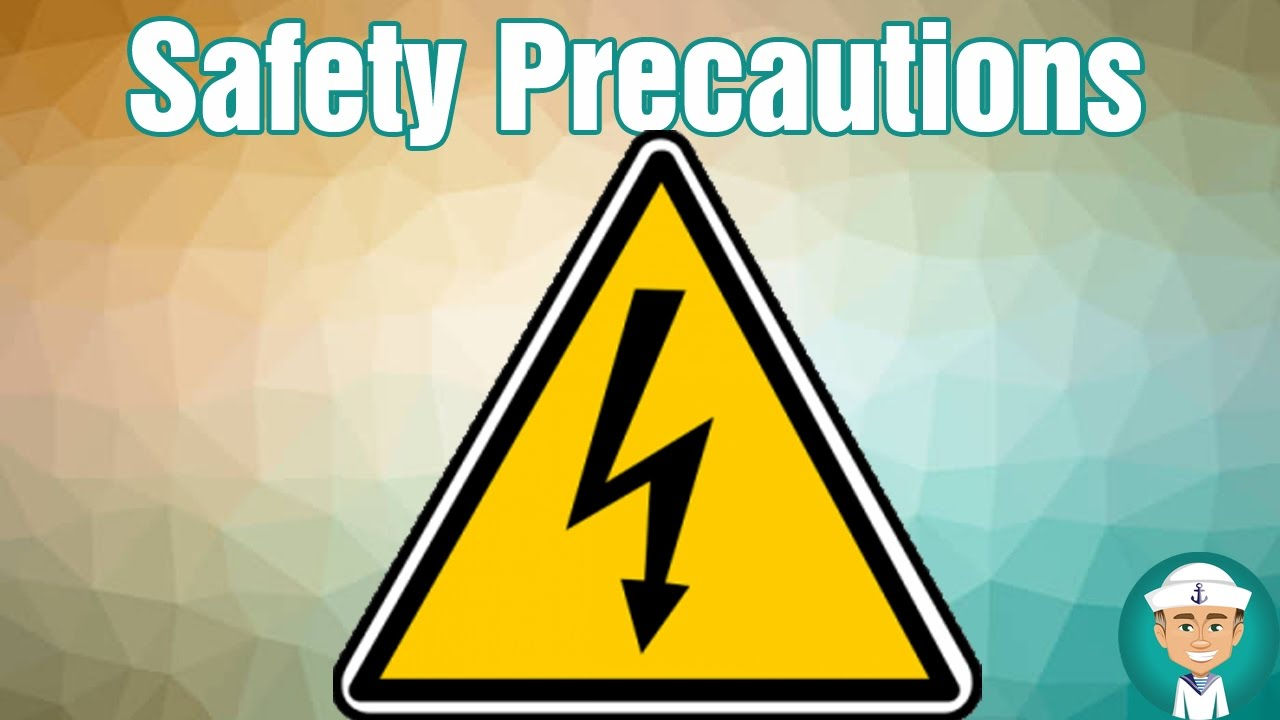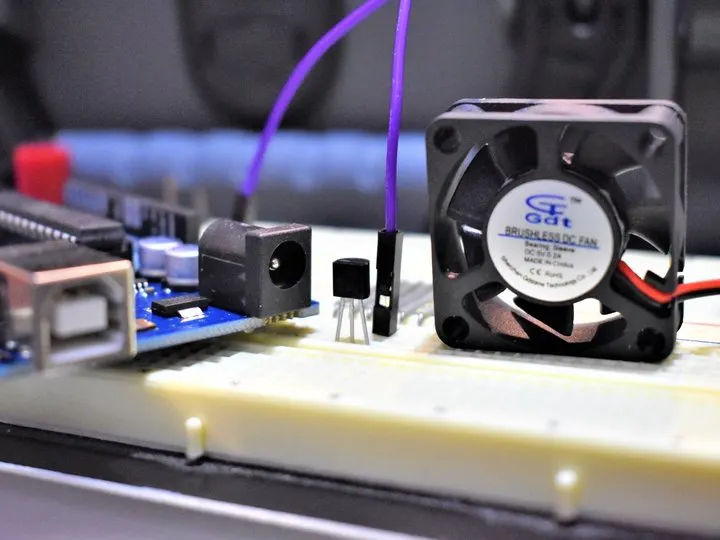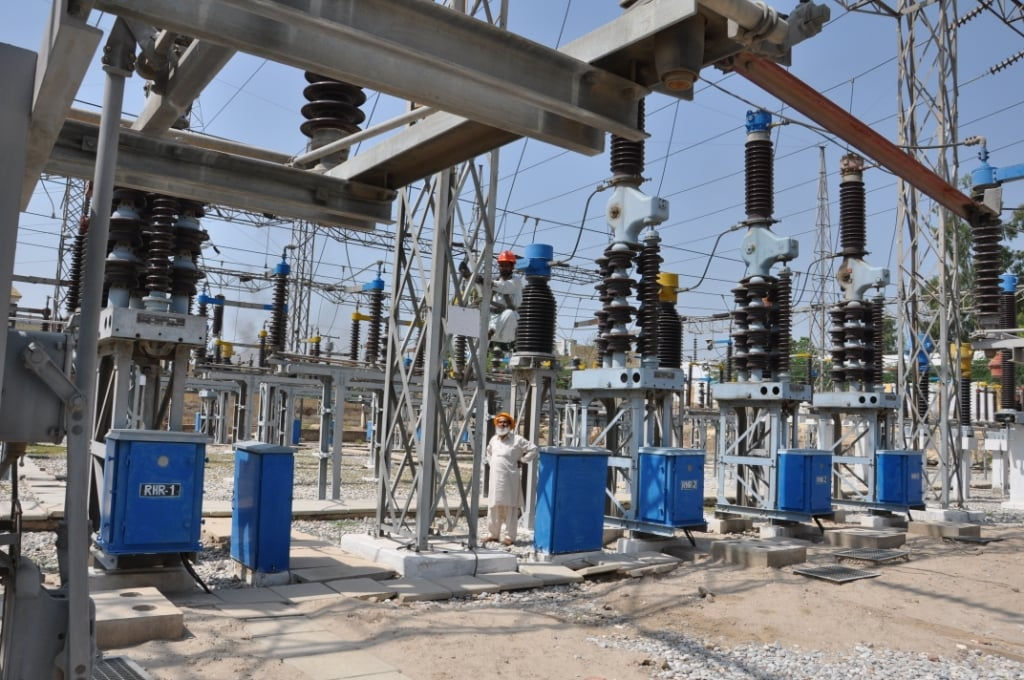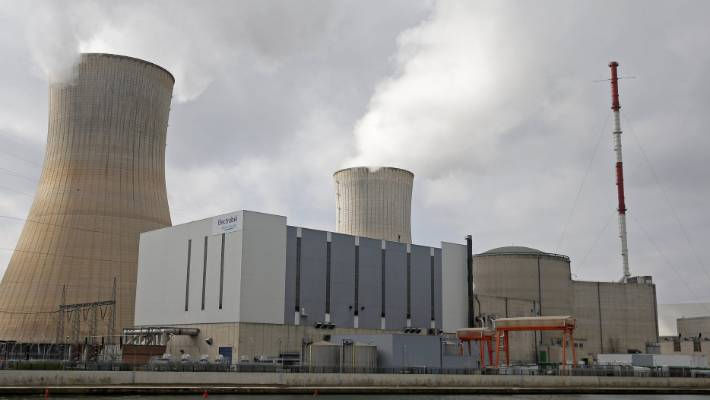Our Blog
Impedance Matching in PCBs
Concept of Impedance
Impedance, denoted Z, is an expression of the opposition that an electronic component, circuit or system offers to alternating and/or direct electric current. Impedance is a vector (two-dimensional) quantity consisting of two independent scalar (one-dimensional) phenomena: res
Read More...
Thermistor
What is a Thermistor?
A thermistor (or thermal resistance) is defined as a type of resistor whose electrical resistance varies with changes in temperature. Although the resistance of all resistors fluctuates slightly with the temperature, the thermistor is particularly sensitive to temperature changes.
Read More...
Supervisory Control and Data Acquisition (SCADA)
What is SCADA?
Supervisory control and data acquisition (SCADA) is a system of software and hardware elements that allows industrial organizations to:
Control industrial processes locally or at remote locations.
Monitor, gather and process real-time data.
Directly interact wit
Read More...
Changing Energy Demands During COVID -19 in Pakistan
Around the globe, the steps taken to monitor the dissemination of COVID-19 have been remarkable in modern times. Such precautionary steps have contributed to a downturn in much of the transport and aviation industries. The slowdown has also begun to demonstrate its effect on Pakistan electricity
Read More...
Residual Circuit Breaker (RCB)
What is Residual Circuit Breaker?
RCCB (Residual Current Circuit Breaker) falls under the category of a wide range of circuit breakers. As we know there are several types of miniature circuit breakers like MCCB which work on different operational principles and have different safety purposes.
Function: Resi
Read More...
Faults in Underground Cables: Types and Detection
What is the fault in underground cables?
Most of the faults occur when moisture enters the insulation. The paper insulation provided inside the cable is hygroscopic in nature. Other causes include mechanical injury during transportation, laying process or due to various stresses encou
Read More...
Sign of Electrical Hazards and Precautions
What are Electrical Hazards?
Electric hazards can cause burns, sparks and electrocutions. Please be vigilant when operating with or near utilities, such as power lines and electrical appliances and be mindful of the surroundings.
The major hazards associated with electricity are electrical shock
Read More...
What is MOSFET?
A metal-oxide-semiconductor field-effect transistor (MOSFET, MOS-FET or MOS FET) is a field-effect transistor (FET with an insulated gate) where the voltage determines the conductivity of the device. It is used for switching or amplifying signals. The ability to change conductivity with the amount of applied voltage can be used for
Read More...
Electric Power Grid Station in Pakistan
What is a Grid Station?
An electric grid or power grid, is an interconnected network for delivering electricity from producers to consumers. It consists of:
Generating stations that produce electric power
Electrical substations for stepping electrical voltage up
Read More...
NUCLEAR POWER PLANT
A nuclear power plant is a thermal power station in which a nuclear reactor is a source of heat. This is typical in thermal power stations, heat is used to create energy from a steam engine attached to a generator that generates electricity. As of 2018, the International Atomic Energy Agency announced that there were 450 nuclea
Read More...

